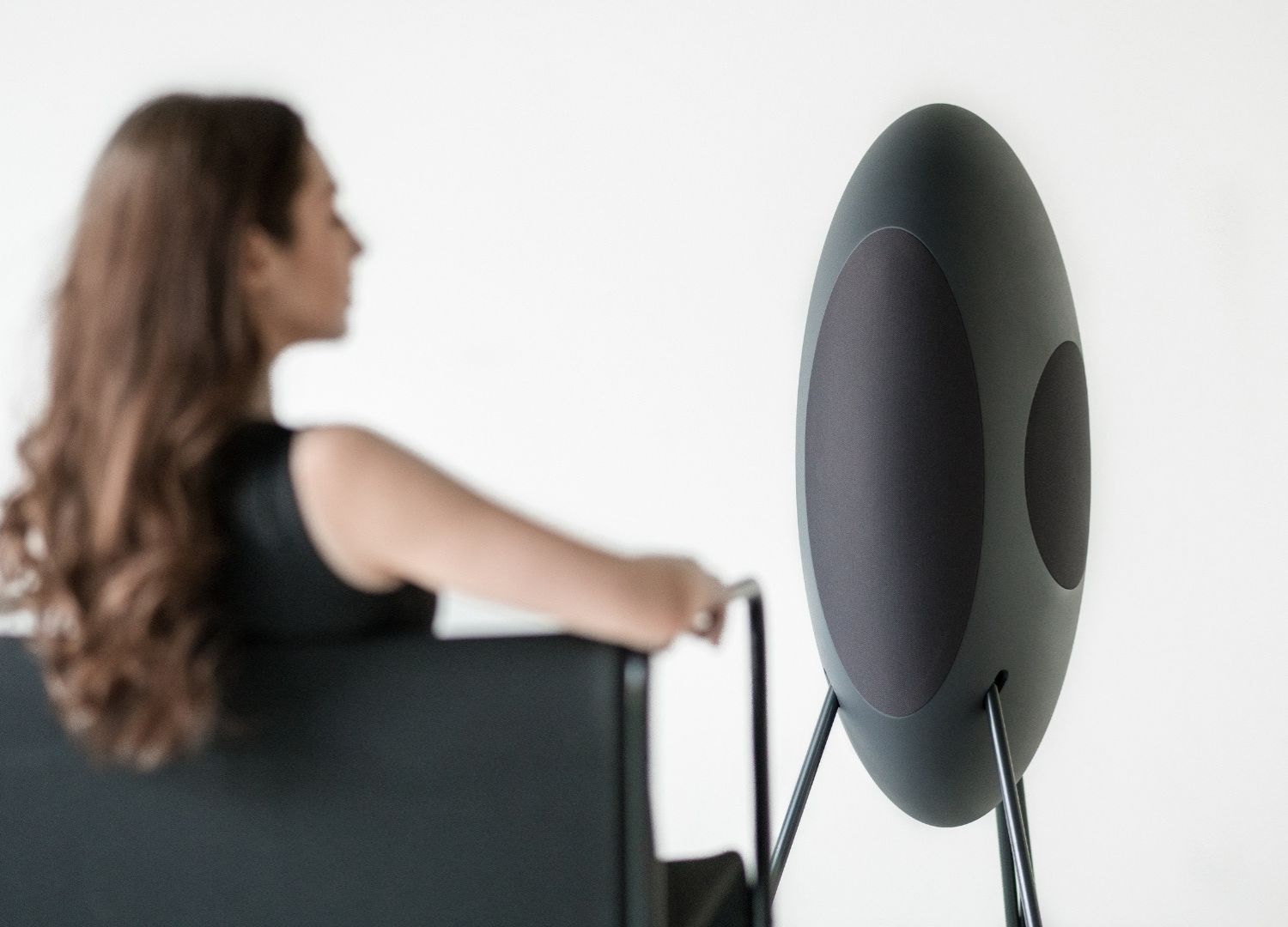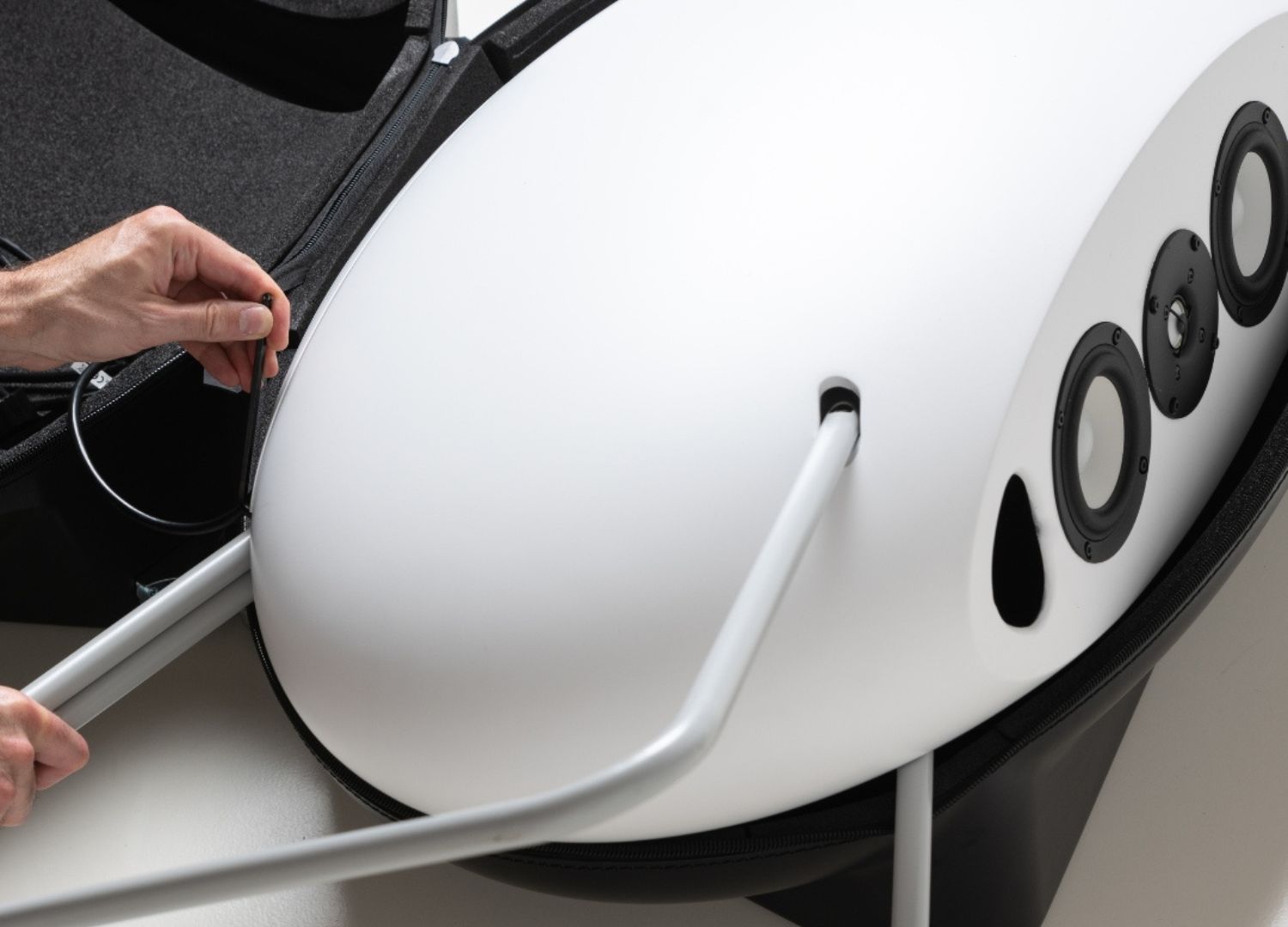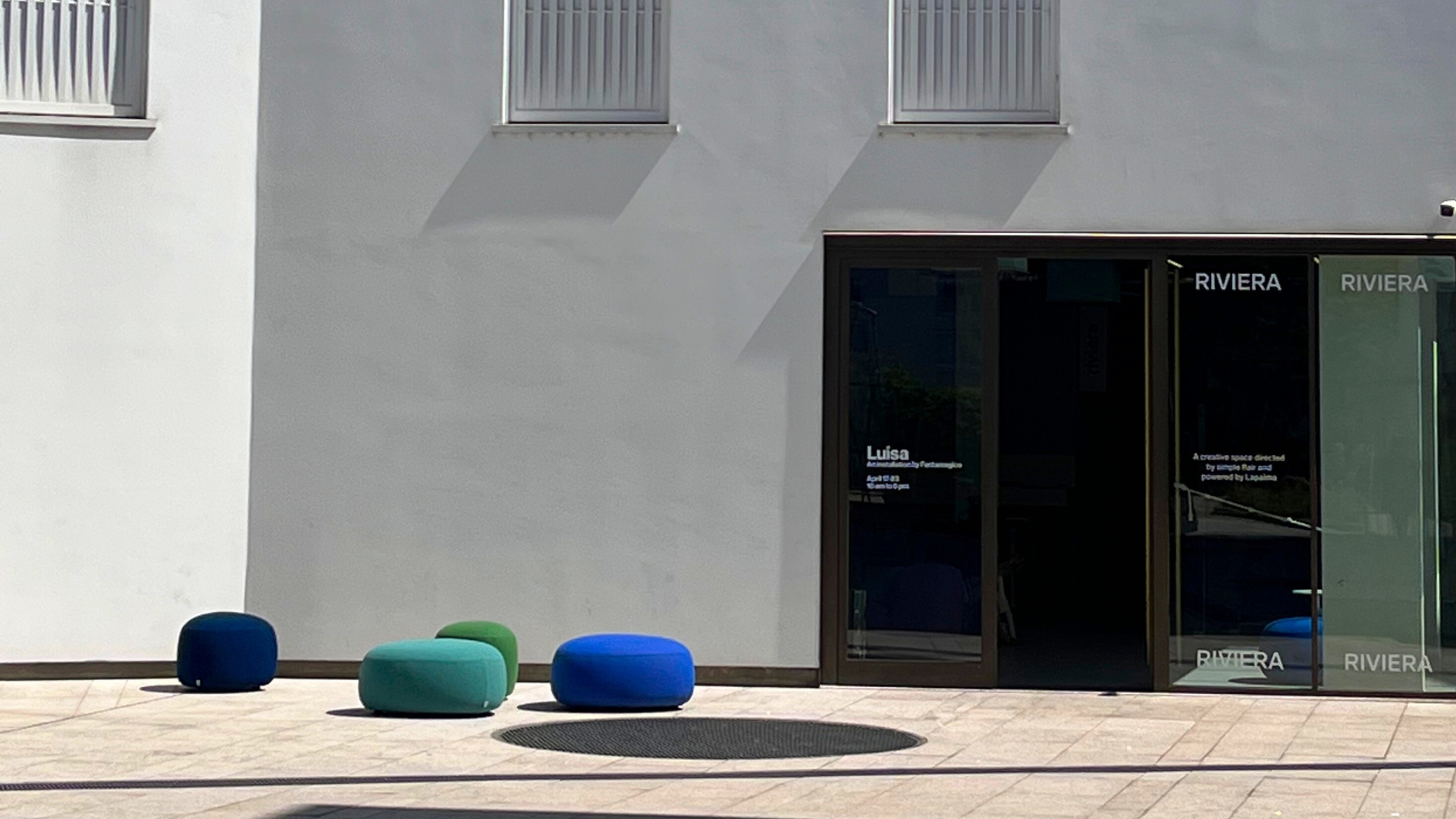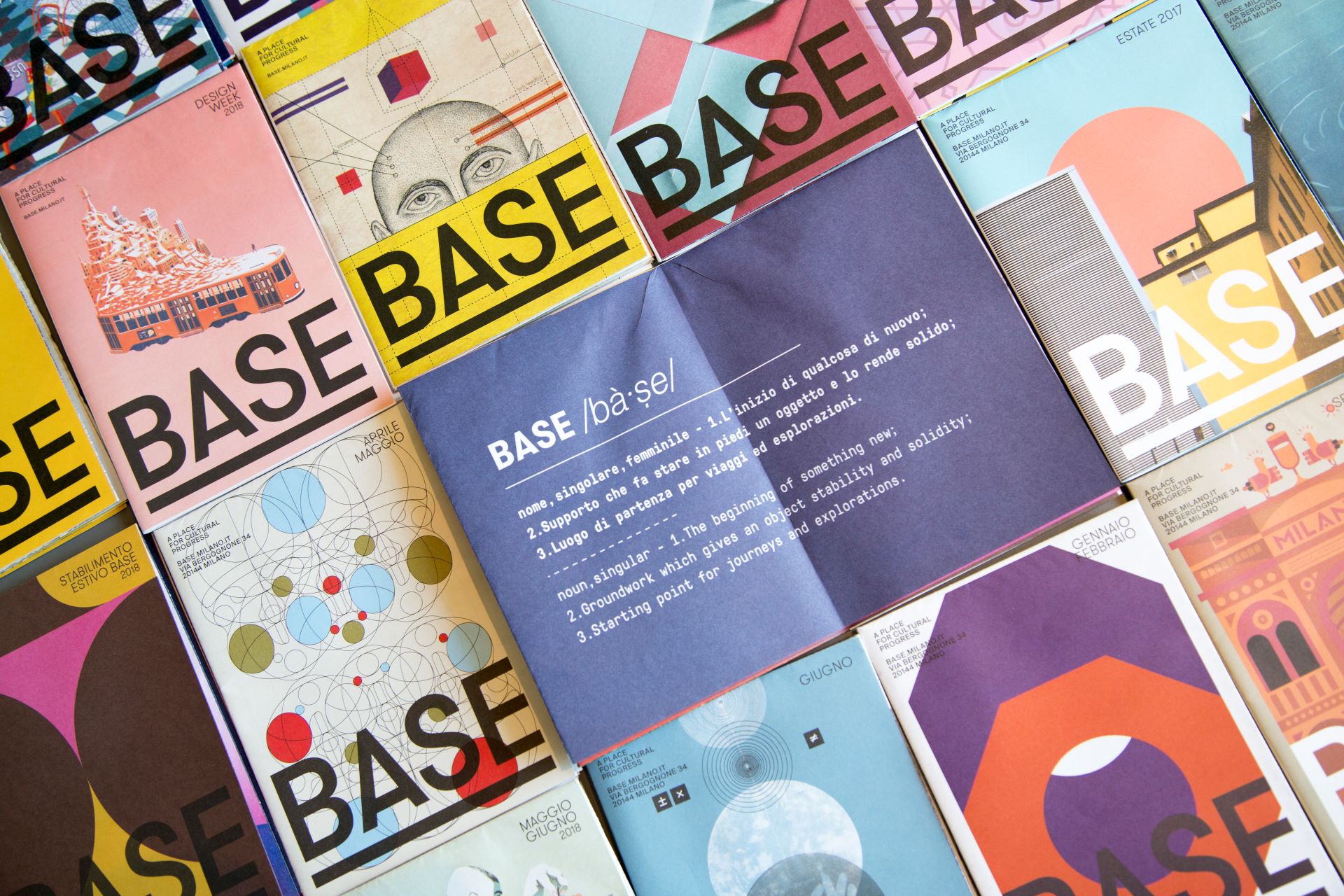New generation HiFi, emphasizing design and customized audio experiences
Every design element of Musegg adheres to the principle of maximal minimalism, creating a cohesive and unobtrusive aesthetic.
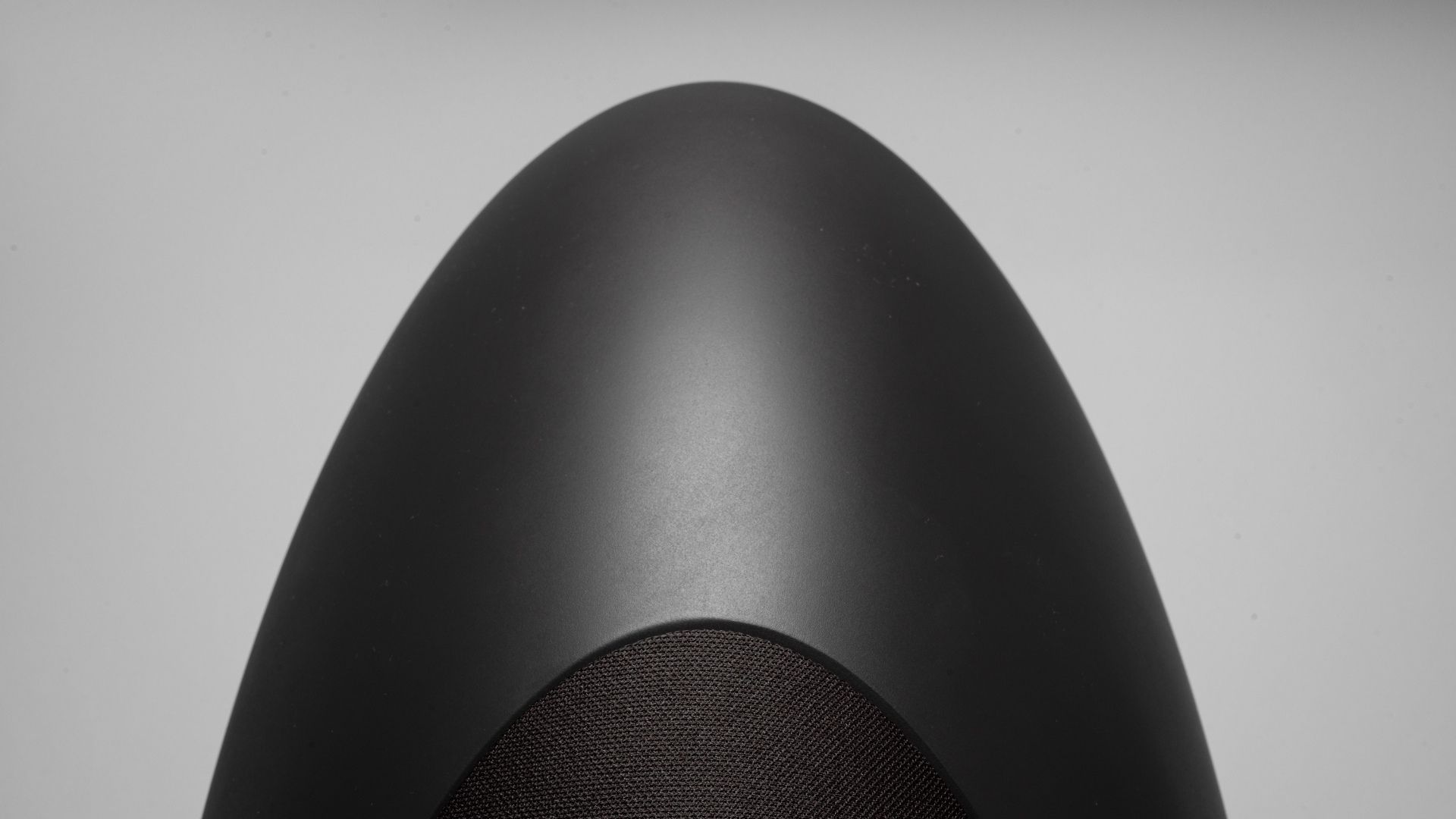
Loutd, founded by Juergen Seidler, emerged almost by accident in September 2018 when a search for a replacement for broken high-end equipment revealed a gap in the market. Modern Bluetooth speakers offered excellent design, usability, and sound quality at a reasonable price, but premium HiFi systems were outdated and bulky.
This observation led Seidler to innovate premium HiFi for a new generation, focusing on stylish, space-saving designs, easy trials, and personalized audio experiences. Seidler’s design philosophy for Loutd emphasizes minimalism and seamless integration into modern lifestyles. We asked him a few questions to better understand how his adventure began and what aspects most define his approach to design and product development.
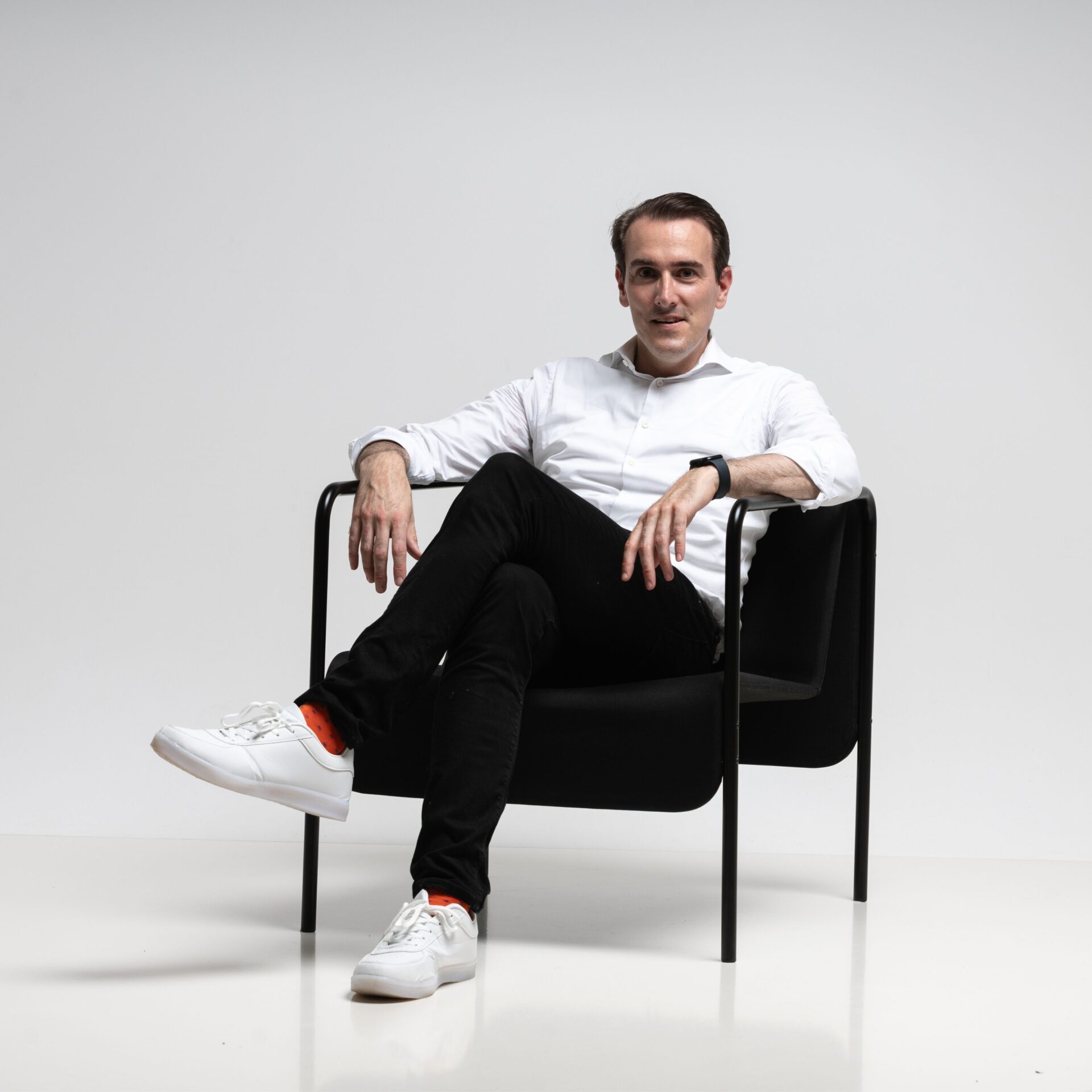
How did Loutd come about? What is your background?
Juergen Seidler:
“The ultra-short version is… by accident. The project kicked off in September 2018 when some high-end equipment broke down, leading us to seek a cutting-edge replacement. We noticed that while modern Bluetooth speakers excel in design, usability, connectivity, and sound quality at a reasonable price, premium HiFi systems were stuck in the past with bulky, single-function devices. This observation inspired us to innovate premium HiFi for a new generation.
Our goal was to offer stylish, space-saving designs, easy accessibility for trials, personalized audio experiences, and seamless integration into modern lifestyles. We introduced the initial design and MVP in 2019. By 2021, we had developed electronic modules with “one.click” functionality. In 2022, we advanced the operating system, cloud application, and mobile apps to a demonstrable level, achieving industrialization that enabled Series 0 production. In 2023, Series 1 units were delivered in reusable packaging. Since 2024, Series 2 has been produced through a scaled-up production process.”
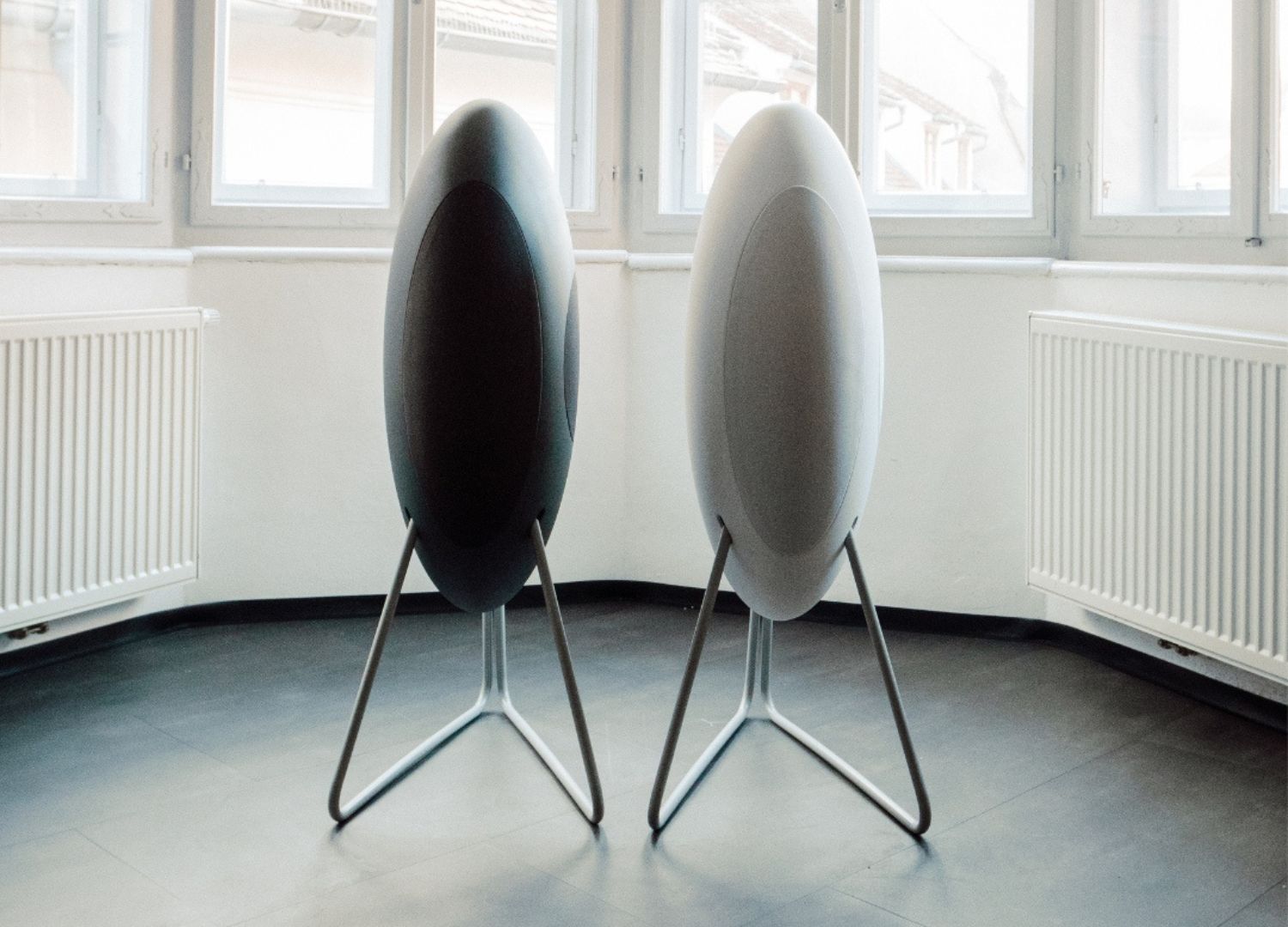
How would you describe the design philosophy and approach of Loutd?
Juergen Seidler:
“From an artistic standpoint, we believe objects should only occupy space if their appearance truly warrants it; otherwise, they should blend discreetly into the background. Their design should be universally appealing and non-intrusive. Adhering to these principles, we have crafted our unique minimalism through countless drafts and extensive surveys. This philosophy is epitomized in our “egg” concept, which features an elliptical cross-section designed with the golden ratio. This shape not only enhances acoustic performance but also integrates seamlessly into contemporary settings.
Every design element follows the principle of maximal minimalism, resulting in a cohesive and unobtrusive aesthetic. In terms of lifestyle integration, we believe audio products should seamlessly blend into the user’s daily life, functioning as an integral part of a connected ecosystem. Therefore, our focus extends beyond creating high-quality speakers to developing intelligent software that adapts to individual listening preferences, fits various acoustic environments, and meets the evolving needs of modern living.”

Why did you decide to focus on the HiFi world? And why, specifically, on speaker solutions?
Juergen Seidler:
“We are not traditional loudspeaker manufacturers. While we excel in craftsmanship and have extensive production processes, nearly half of our research and development is dedicated to software. This emphasis on software allows us to personalize the customer experience in ways that purely hardware-focused manufacturers often overlook. Traditional manufacturers might offer basic customization at best, or at worst, require you to buy expensive accessories for personalization. Our approach enables us to provide features like adaptive soundscapes, automated tuning for optimal audio, and personalized audio services tailored to your individual preferences.”
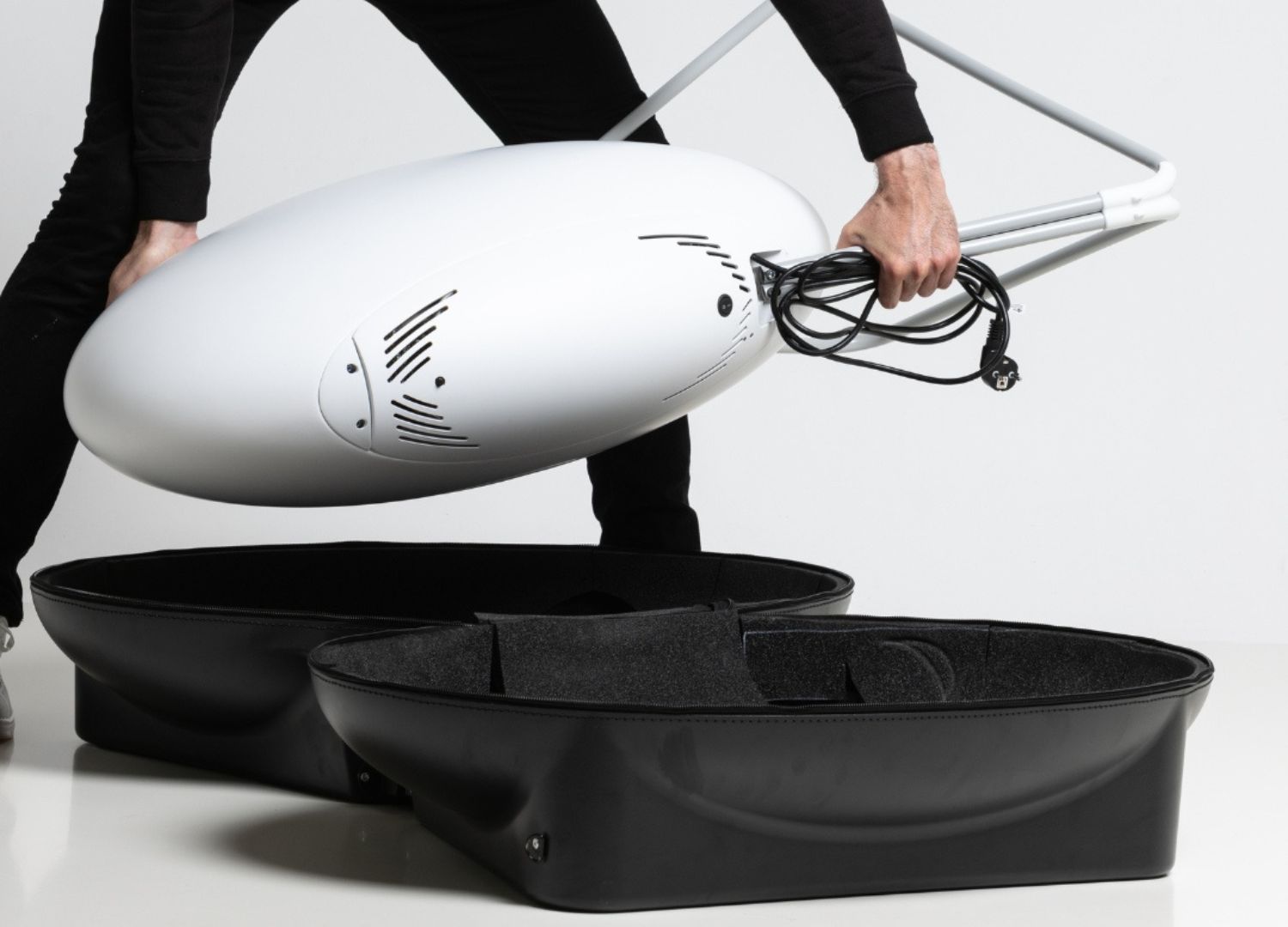
From a design and production standpoint, what challenges did you face in creating Musegg?
Juergen Seidler:
“We opted for a design that looks as if it’s crafted from a single piece. To achieve this seamless appearance, we developed a manufacturing process that allows eight thermoplastic parts to be flawlessly assembled into a monocoque without visible joints. This approach not only ensures a smooth and cohesive design but also enables the application of an ultra-matte finish, making the silhouette appear even slimmer. Our personalization service, HoRooc Remote.Fitting, is based on virtual real-time interaction with the user.
We have created a process that facilitates remote interaction between the user and an audio specialist through synchronous data transfer. During this process, the specialist gathers the customer’s preferences, views user data, and analyzes it to create a personalized acoustic profile. The user can then apply this custom setting directly to their device on-site. This near real-time interaction significantly enhances the consumer experience, offering a tailored and immediate audio solution.”
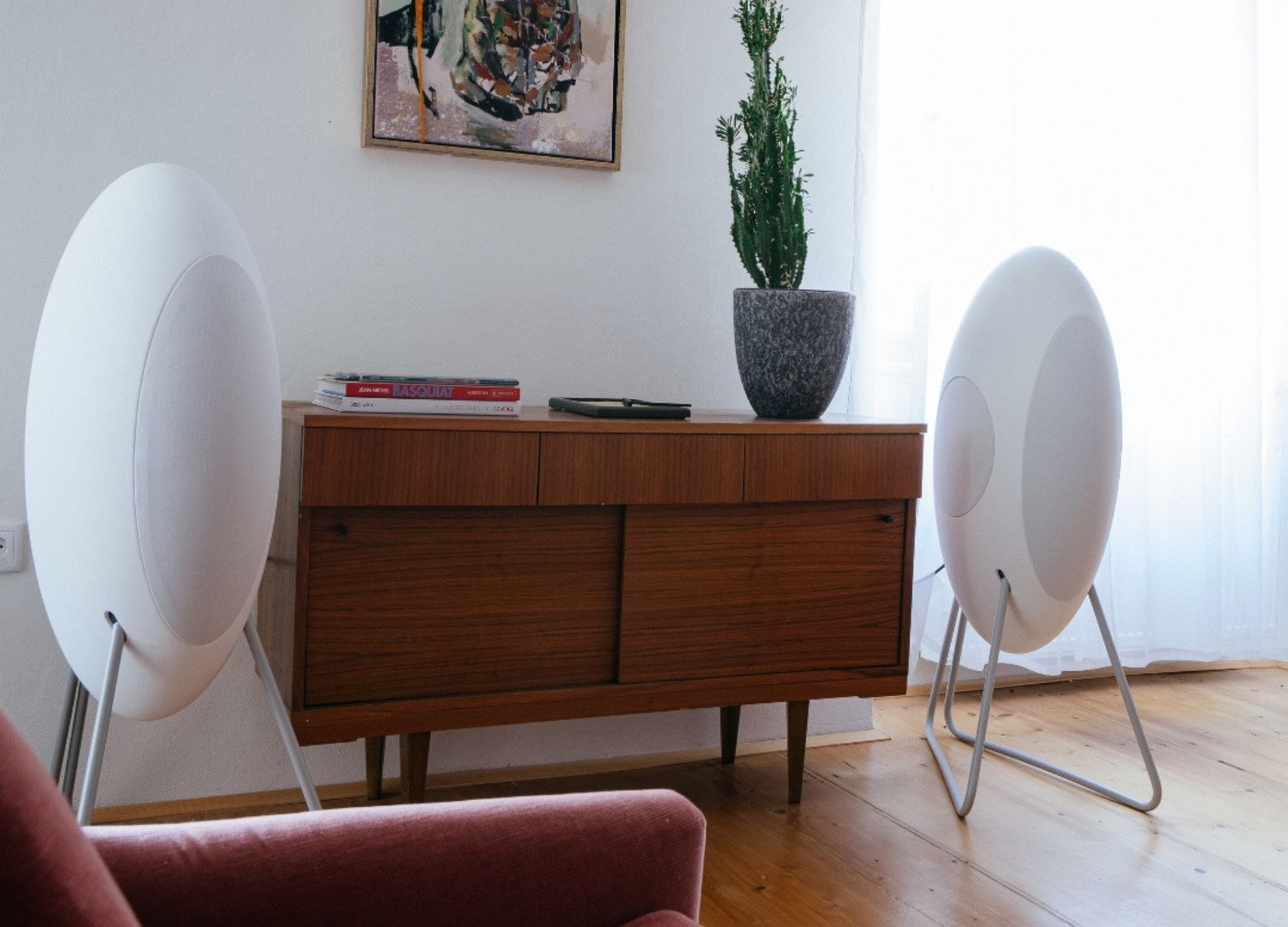
Considering the market you are targeting, what elements do you consider essential for an optimal sound experience? How can design enhance this experience?
Juergen Seidler:
“Traditional fine-tuning of premium Hi-Fi systems often focuses on enhancing device decoupling, improving analog signal quality, and reducing room reflections—sometimes bordering on pseudoscientific practices. While these adjustments are essential, we view them as just the beginning. Listening, like all sensory experiences, is deeply personal. It is influenced by individual factors such as maturity, habits, personal experiences, educational background, hearing capabilities, and current mood.
These elements shape personal taste and preference, which are the ultimate goals in tuning Hi-Fi equipment. Recognizing that listening is a highly personal experience, we emphasize an interactive process of tuning and customizing the system. This approach ensures our audio solutions are not only technically superior but also perfectly aligned with each listener’s unique preferences and emotional state. By focusing on these personalized aspects, we create audio experiences that truly resonate with the individual.”
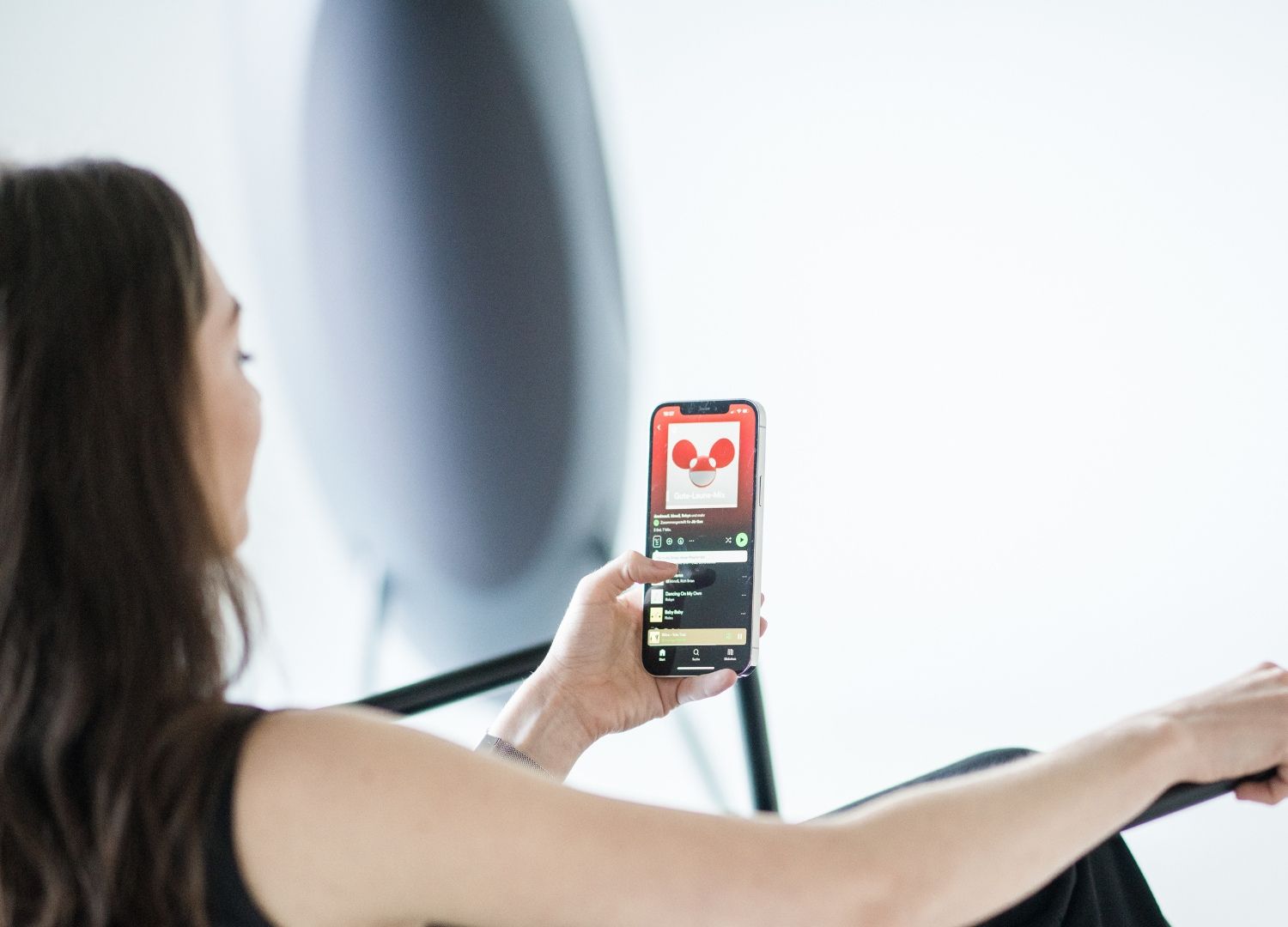
The sound experience involves many elements. Have you thought about developing other products related to the speakers? If so, what is your development strategy?
Juergen Seidler:
“Musegg is a statement product that demonstrates our capabilities. We are currently developing a smaller variant designed for more compact spaces. Our goal is to ensure this product offers the same features and services as the larger model. While achieving this balance is challenging, we are making excellent progress.”





